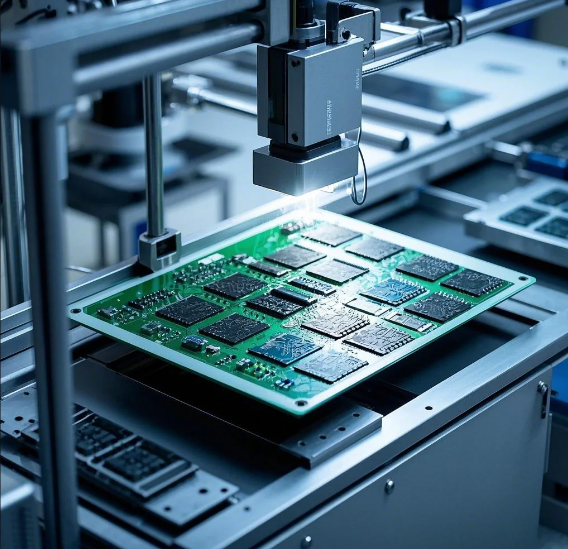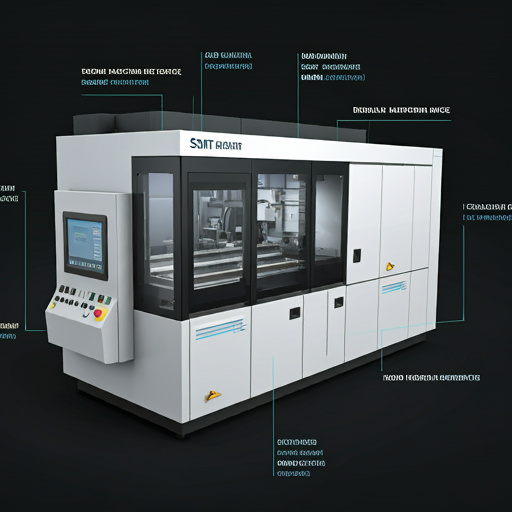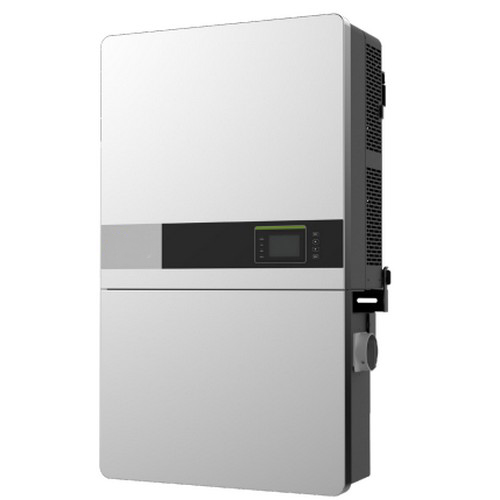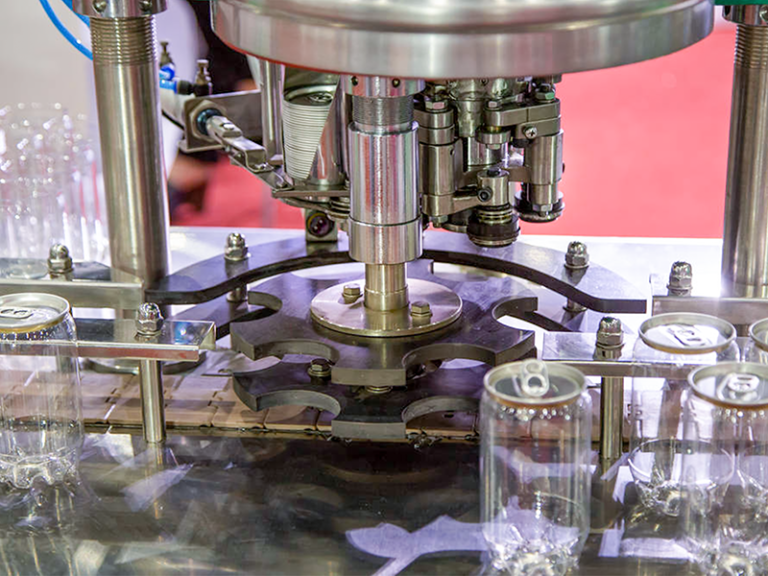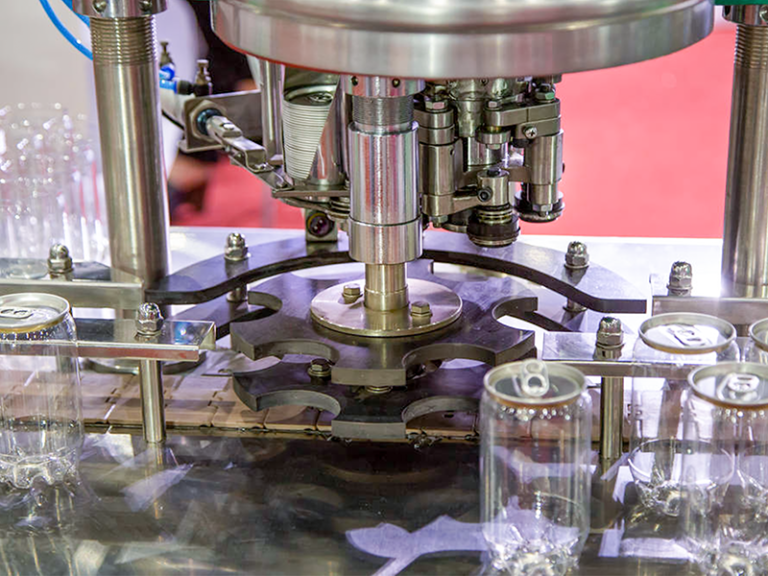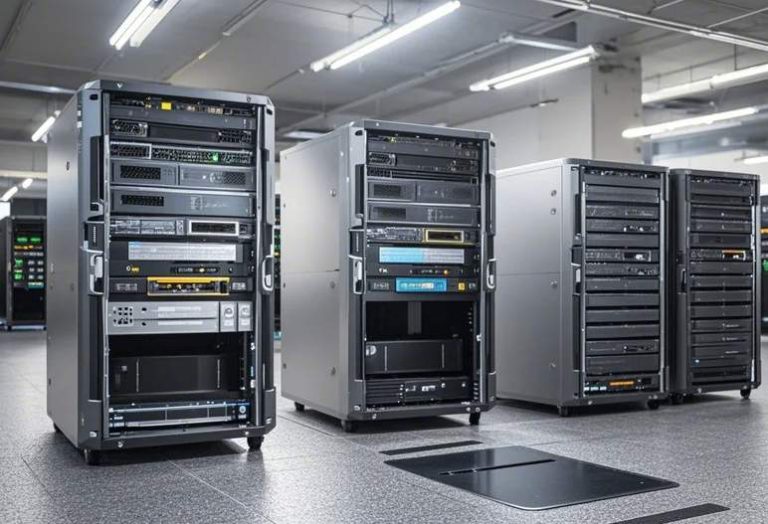目录
ToggleIn the rapidly evolving manufacturing landscape, digital transformation is reshaping traditional practices and paving the way for innovative production methods. One critical area experiencing this change is the metal bending process. By integrating data analytics, automation, and real-time monitoring, the industry is gaining unprecedented control over production precision and efficiency. This article explores how digital technologies are revolutionizing the metal bending process, examines the benefits and challenges of these advancements, and offers a forward-looking perspective on what the future holds.
Integrating Digital Technologies
The integration of digital tools into the metal bending process represents a significant step towards achieving Industry 4.0 standards. Modern bending operations now utilize a combination of sensors, data acquisition systems, and advanced software to monitor and control every aspect of production. By collecting data on factors such as force, temperature, and bending angles, manufacturers can analyze performance in real time and make necessary adjustments to ensure optimal results. This data-driven approach minimizes variability and enhances overall production quality.
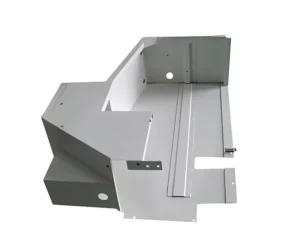
Leveraging Data Analytics for Process Optimization
Data analytics plays a pivotal role in modernizing the metal bending process. With sophisticated algorithms and machine learning models, companies can predict potential issues before they occur. Historical data helps identify trends and correlations, allowing for more accurate calibration of bending machines. For instance, analyzing past performance data enables engineers to adjust parameters to reduce instances of spring-back or over-bending. The insights gained from these analytics not only improve process reliability but also contribute to longer machine lifespans and reduced material waste.
Benefits of a Digital Approach
Adopting digital technologies in the metal bending process offers several tangible benefits. First, enhanced precision is achieved through continuous monitoring and real-time adjustments. This leads to higher quality outcomes and fewer defects, which in turn translates to lower production costs. Second, digital integration increases operational efficiency. Automated feedback loops and remote monitoring allow operators to manage production lines more effectively, reducing downtime and speeding up response times during troubleshooting. Finally, the accumulation of detailed process data provides a foundation for continuous improvement, ensuring that manufacturing practices evolve in line with technological advancements.
Addressing Challenges and Implementation Barriers
Despite the clear advantages, implementing digital solutions in the metal bending process is not without challenges. One significant barrier is the initial cost of upgrading equipment and integrating new technologies. Additionally, companies must invest in training their workforce to effectively use these advanced tools. Cybersecurity also emerges as a concern, as increased connectivity can make systems vulnerable to external threats. To address these issues, manufacturers should adopt a phased approach, gradually integrating digital tools while ensuring robust security measures and comprehensive staff training programs.
Future Outlook
Looking ahead, the future of the metal bending process is set to become even more data-centric. As digital transformation continues to gain momentum, we can expect further integration of artificial intelligence and predictive maintenance systems. These innovations will not only enhance precision but also drive sustainable manufacturing practices by optimizing energy use and reducing waste. The ongoing collaboration between technology developers and industry experts will be crucial in overcoming current challenges and setting new benchmarks for production excellence.
Conclusion
The digital transformation of the metal bending process marks a new era in manufacturing. By harnessing data analytics, automation, and real-time monitoring, the industry is achieving levels of precision and efficiency that were once unimaginable. While challenges remain in implementation and cybersecurity, the long-term benefits of this evolution are clear. Embracing digital tools today will pave the way for a more resilient, sustainable, and innovative production environment tomorrow.
0

